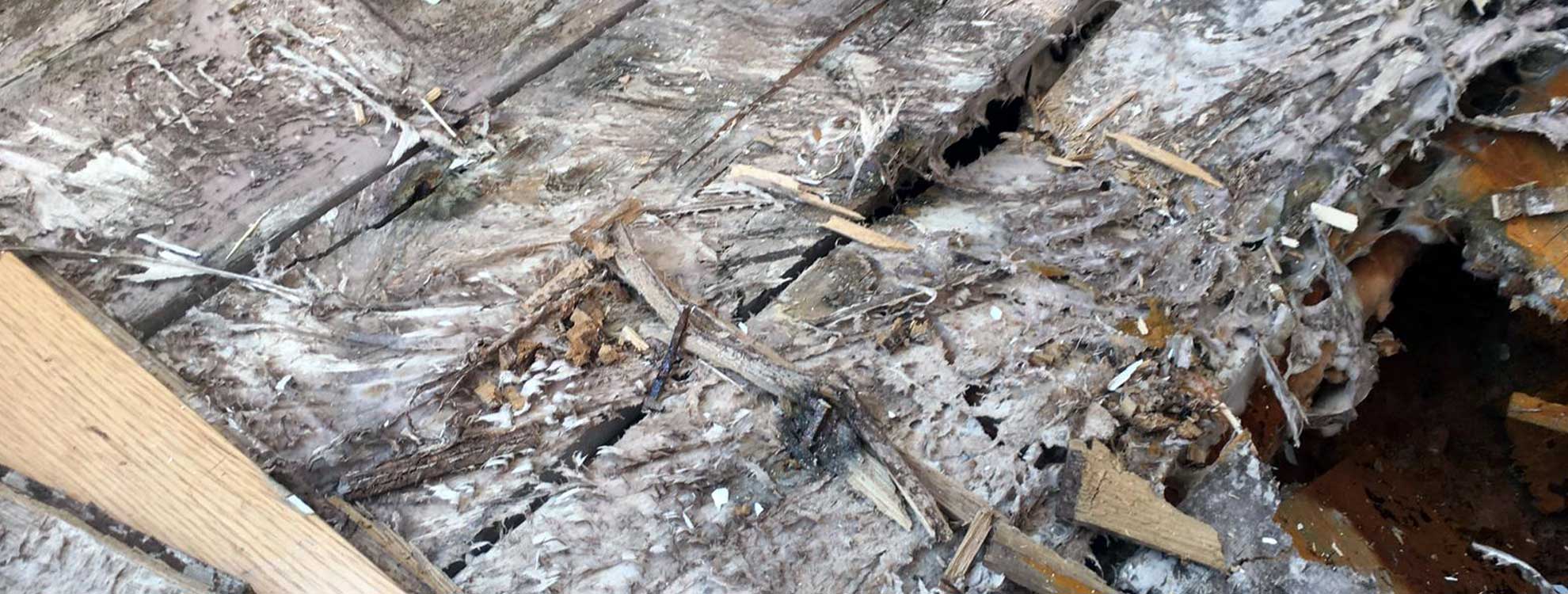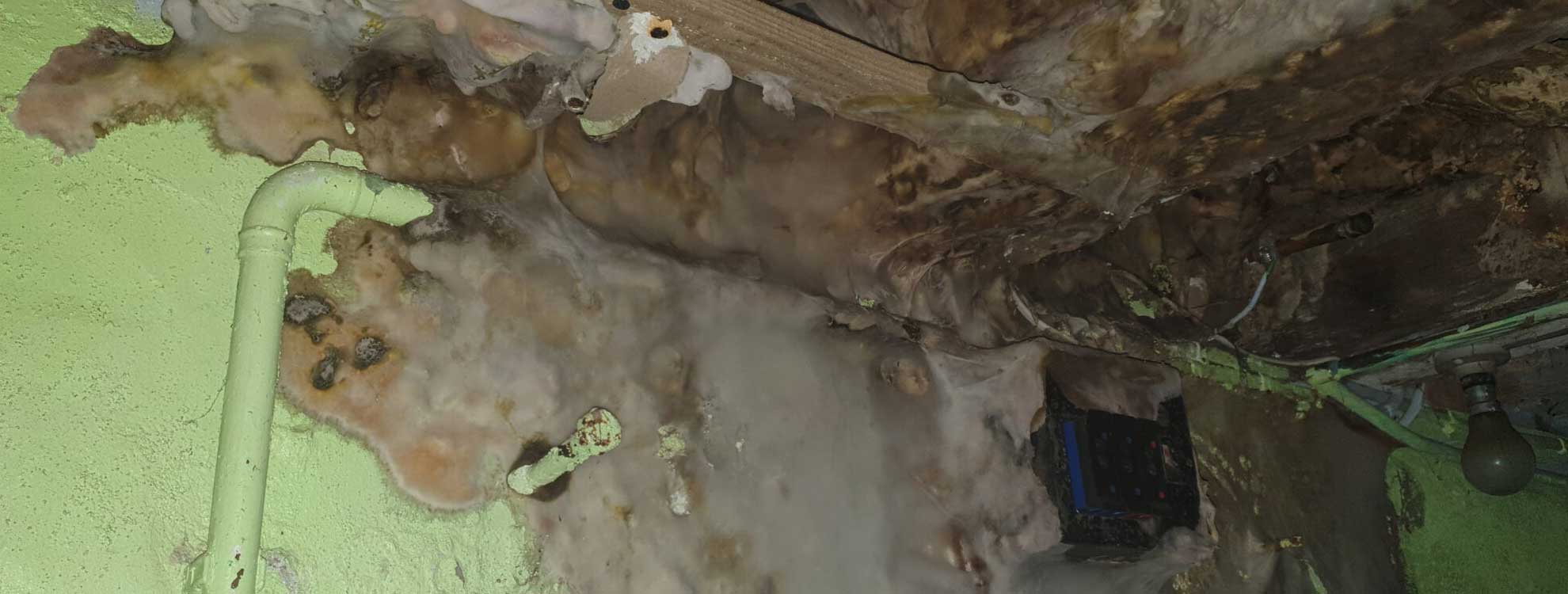Trusted Members
This video explains the benefits of using a Property Care Association (PCA) member for damp control, timber infestation, basement waterproofing, structural repair and condensation.

Dry rot is the common name given to the wood rotting fungus, serpula lacrymans. Dry rot will generally attack timber that has been subject to a form of moisture and can have devastating affects if not dealt with quickly.

The Serpula lacrymans has the ability to rapidly colonise sites through unique and highly specialised mycelium which also leads to greater degradation rates of wood cellulose and is a main cause of dry rot.
Finding and removing the source of moisture responsible is crucial to prevent further destruction.
A full intensive survey by our qualified surveyor will determine the extent of the problem and recommend the required treatment for dry rot.
The difference between wet and dry rot is not so easy to identify.
Some of the wet rot species can easily be confused with dry rot so it’s important to appoint a qualified surveyor to avoid unnecessary treatments or costs.
Wet rot is a generic term used to define a variety of fungal species, such as Coniophora puteana and Choanephora cucurbitarum. Some species obtain their food by breaking down the cell walls of wood, resulting in a loss of its strength. This can cause problems in the structural integrity of structures.
Wet rot decays are quite often less invasive than that of dry rot and may only require the removal of the source of moisture.

Coniophora puteana causes timber to darken and produces longitudinal cracks usually under a very thin layer of good wood. This wooded decaying fungus thrives in very damp areas like the basement, roof and solid wood floor.
Finding and removing the source of moisture responsible is crucial to prevent further destruction.
A full intensive survey by our qualified surveyor will determine the extent of the problem and recommend the required treatment for wet rot.
Get Expert Support.
Damp and Timber Survey was conducted on a Victorian mid-terrace property by our Property Care Association Approved surveyor.
The Benefits of Using a Trusted Property Care Association (PCA) Member for Your Damp and Timber Report When purchasing a new home, one of the most crucial steps in the process is ensuring the property is free from hidden issues that could lead to costly repairs down...
A PIV Unit offers multiple benefits that improve comfort, health, and even property value.
Words that matter to us
If your property is suffering from mould or condensation, contact Damp Solutions UK today for a free property survey and get the expert advice you can depend upon.